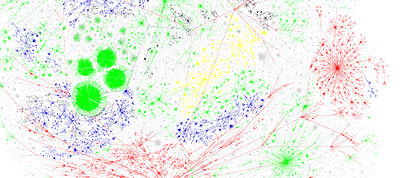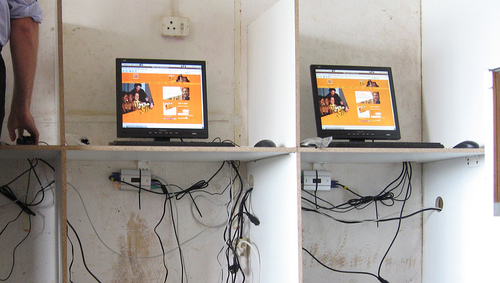The fall of Baghdad in April 2003 opened a secretive and brutal regime to outside scrutiny for the first time. The U.S. Joint Forces Command (USJFCOM) commissioned a secret comprehensive study of the inner workings and behavior of Saddam Hussein’s regime based on previously inaccessible primary sources.
In the words of the journal Foreign Affairs,
Two years in the making, the report of the “Iraqi Perspectives Project” draws on interviews with dozens of captured senior Iraqi military and political leaders and hundreds of thousands of official Iraqi documents from all levels of the regime, and is destined to rewrite the history of the war from the ground up. Excerpts from the report itself are presented exclusively in a special double-length article from the upcoming May/June issue of Foreign Affairs.
Highlights include:
Did Iraq have WMD? No — but Saddam wanted others, particular in the region, to think he did, so he maintained a calculated ambiguity on the question. In the last months before the war he realized that it was too dangerous to continue playing this double game and finally decided to cooperate fully with international inspectors. But at that point his track record of repeatedly lying meant that no one believed him.
What made Saddam so complacent? His belief that the United States did not have the will to take casualties in a serious war and that if necessary France and Russia would keep him safe.
What did Saddam care about? First and foremost, preventing a coup. His entire regime was set up to prevent the emergence of any alternate centers of power that could threaten his position. He created an astonishing array of different military and paramilitary forces to maintain domestic control, but made sure to stock them with lackeys and cronies, have them check and balance each other, and have everybody watched carefully at all times. This allowed him to stay in power, but it meant that his armed forces were almost completely ineffective at dealing with actual military operations against a competent foreign enemy.
Did Saddam plan the current insurgency? No. He thought the United States would never attack, and was confident that even if it did, the resulting war would follow essentially the same script as the first Gulf War in 1991, without a full-scale invasion all the way to Baghdad. He did preposition a lot of military materiel around the country before the war started, but only to disperse it and keep it safe, so that it would be available either in the later stages of a long and drawn-out campaign against the coalition, or to reestablish control at home afterwards (as he did in 1991, when the Kurds and Shia revolted).
How did Saddam think the war was going? Swimmingly. Because everyone knew that Saddam severely punished anybody who told him unpleasant truths, the entire regime was built on lies. During wartime, this meant that junior officers told senior officers that everything was going well, they reported it up the chain of command, and Saddam himself remained a prisoner of his delusions.
Full, fascinating, text here.
A couple of striking passages:
A 1982 incident vividly illustrated the danger of telling Saddam what he did not want to hear. At one low point during the Iran-Iraq War, Saddam asked his ministers for candid advice. With some temerity, the minister of health, Riyadh Ibrahim, suggested that Saddam temporarily step down and resume the presidency after peace was established. Saddam had him carted away immediately. The next day, pieces of the minister’s chopped-up body were delivered to his wife. According to Abd al-Tawab Mullah Huwaysh, the head of the Military Industrial Commission and a relative of the murdered minister, “This powerfully concentrated the attention of the other ministers, who were unanimous in their insistence that Saddam remain in power.”
And this…
Fear of Saddam’s reaction to bad news was not limited to his ministers and soldiers. Its pernicious effects reached even into Saddam’s immediate family. One former high-level official related the following story about Qusay:
At the end of 2000, it came to Saddam’s attention that approximately seventy military vehicles were immobile. Saddam told Qusay to resolve the problem. Republican Guard mechanics claimed they could repair the vehicles if the funds were made available. Qusay agreed to the work, and funds were provided for the task. Once the work was completed, Qusay sent a representative to inspect the vehicles and he found them lined up on a vehicle park, thirty-five vehicles on each side. The vehicles looked like new, having been freshly painted and cleaned.
After Qusay’s representative inspected them, a second inspection was conducted to verify that they were now operational. The staff was told to supply drivers to move all [the] vehicles to the opposite side of the vehicle park to ensure they were in working order. None of the seventy vehicles would start. When this was reported to Qusay, he instructed that Saddam not be informed, as Qusay had already told Saddam that the vehicles were operational.
In the end, Qusay did not order mechanics to fix the vehicles — it appears that he was eager only to hide this failure from his father.




